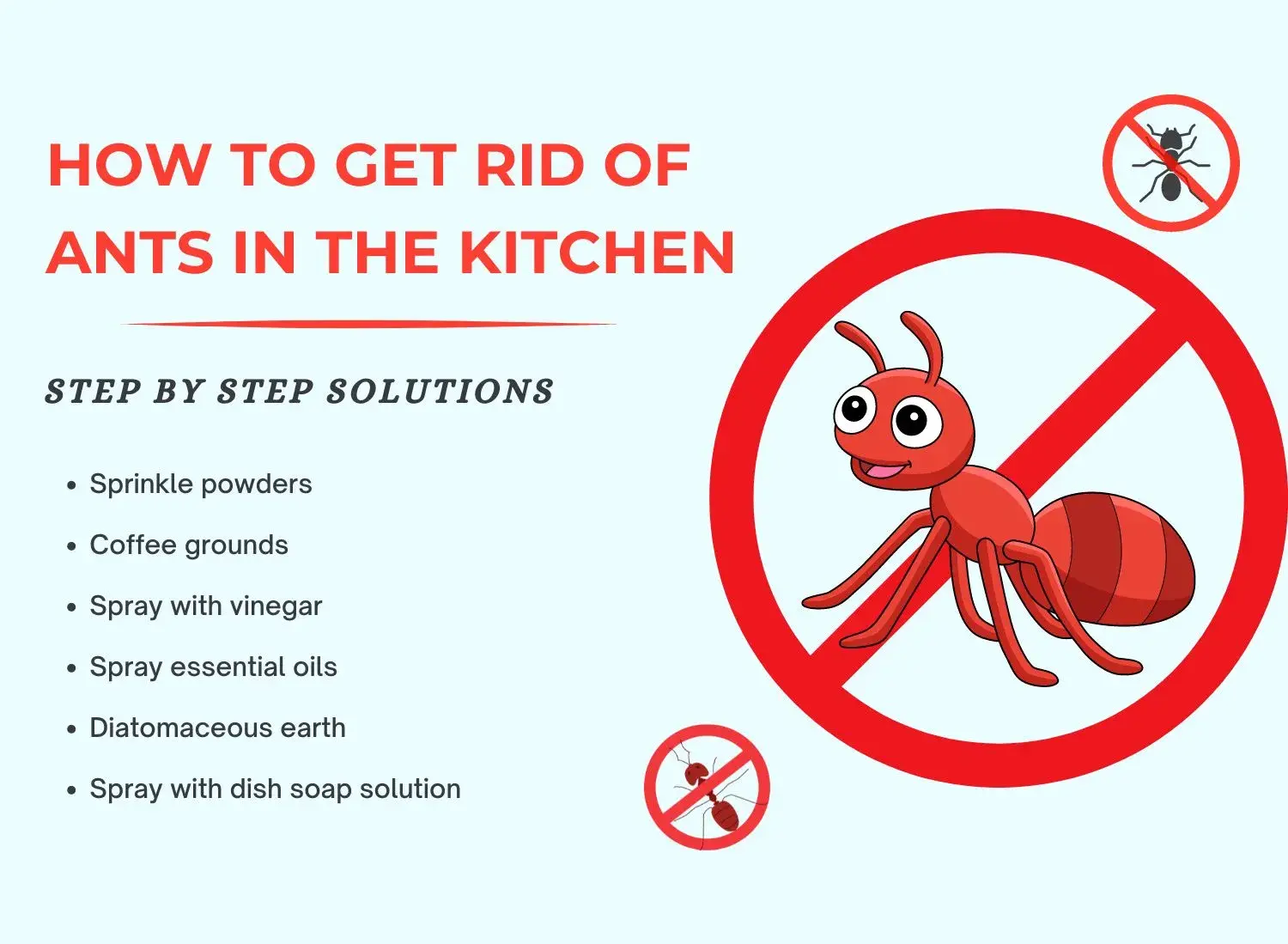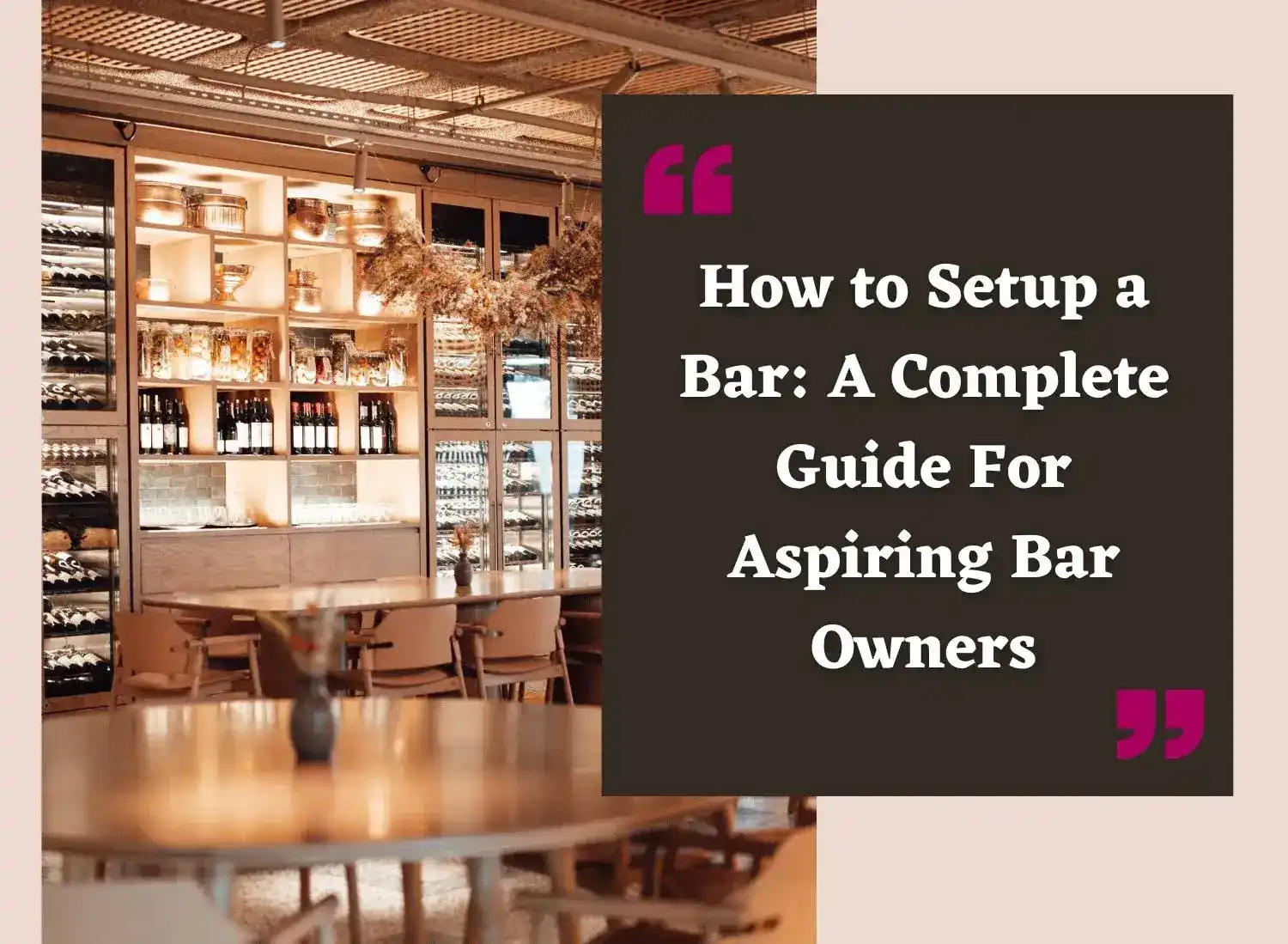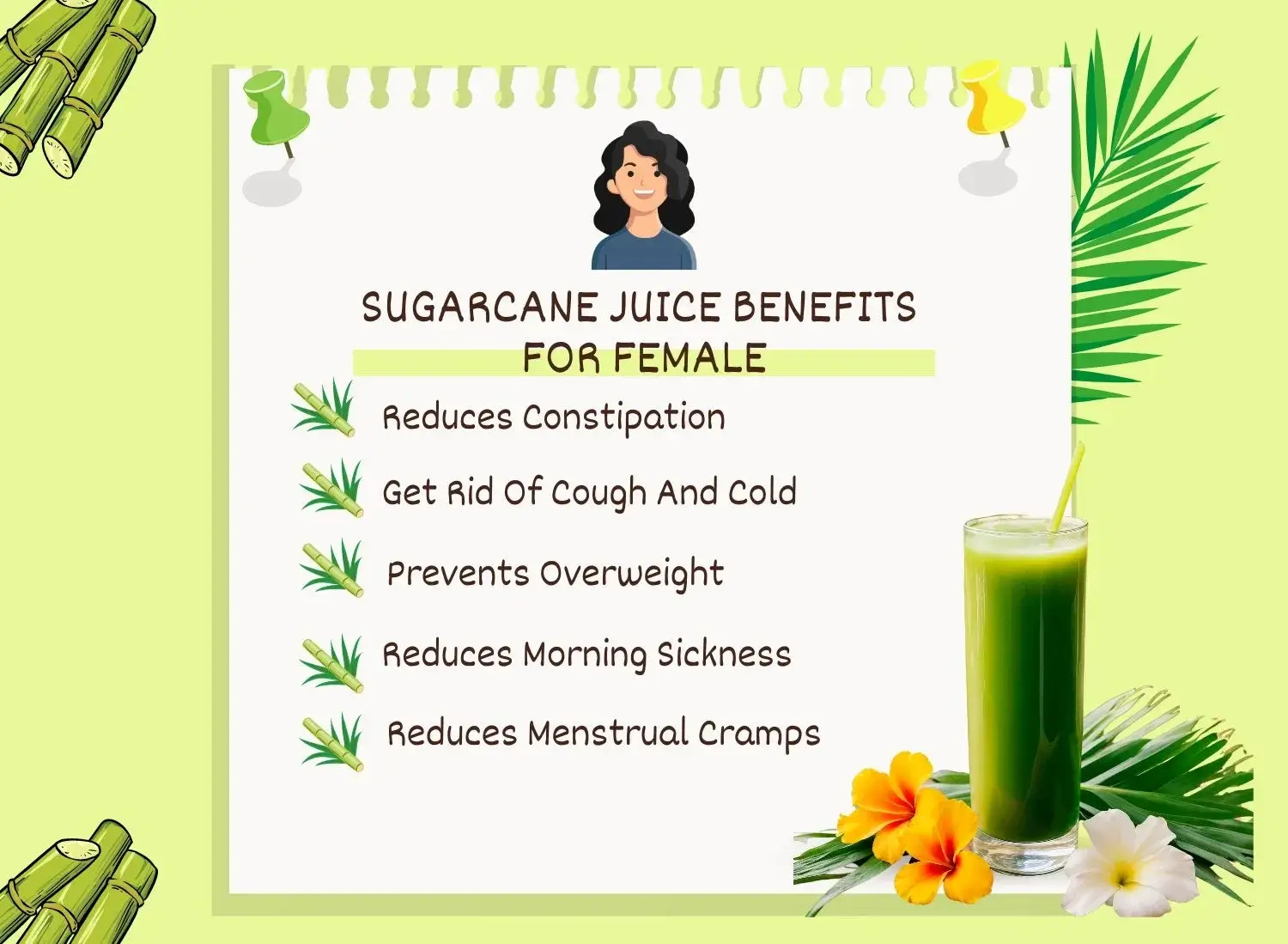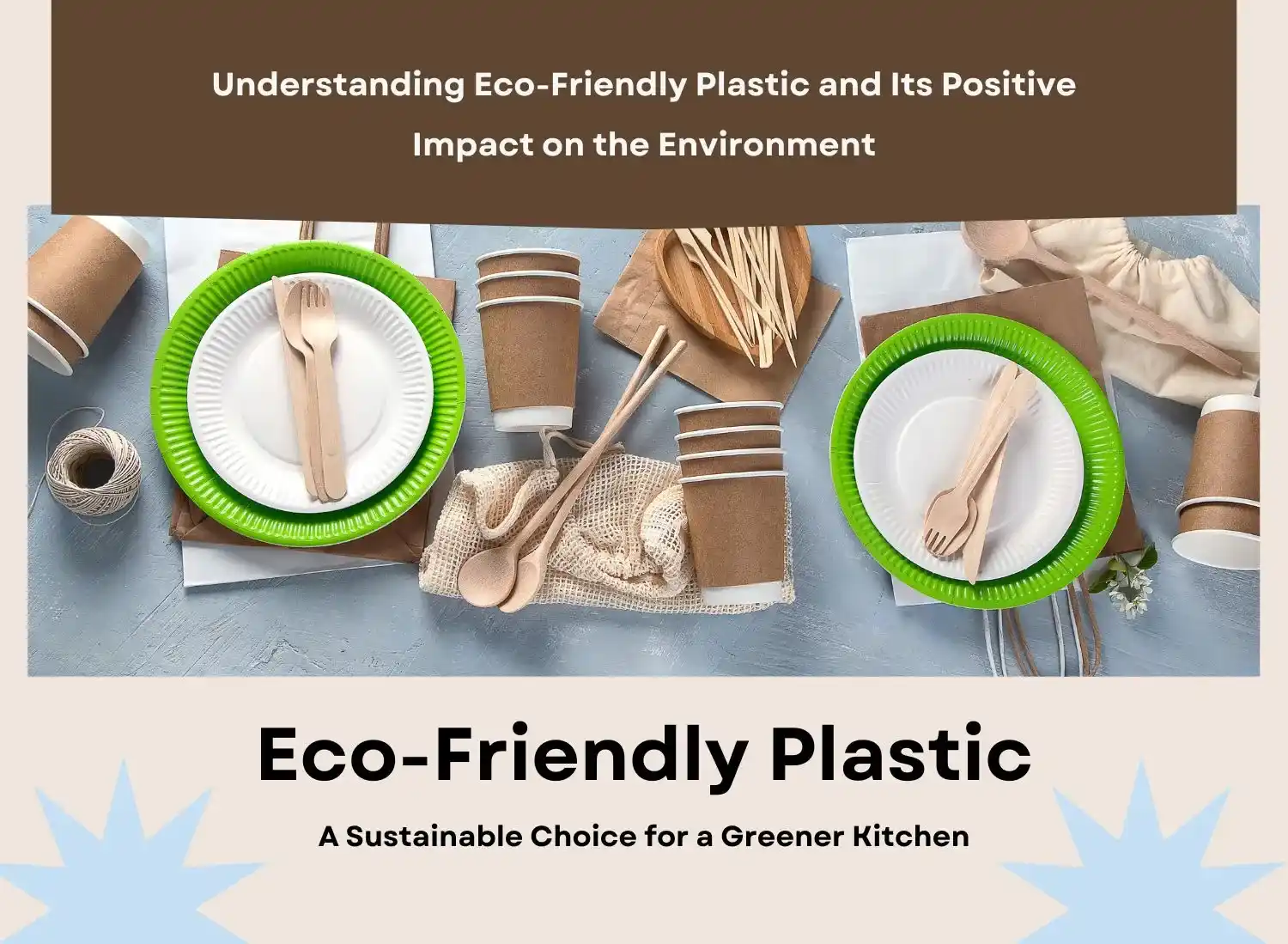Yes, nonstick pans are safe to use and versatile option for daily cooking when used correctly. They have become a popular choice for people who prefer cooking with less oil or for those who lack confidence in the kitchen and worry about burning food. Before nonstick cookware was available, it was common to use a lot of oil while cooking or cook or lose half of the meal in the pan.
What Are Nonstick Pans Made Of and Are They Safe to Use?
However, with the introduction of nonstick pans, cooking has become very easy, and now it is essential in every domestic kitchen. Moreover, nonstick pans are popular because of their convenience, ease of use, and affordability.
Introduction: The Popularity And Debate Around Nonstick Pans
But, with the rise in popularity, there is also a rise in health-related concerns about whether chemicals in the nonstick coating could pose health risks. If you have a question that Are nonstick pans are safe to use, then here is a detailed discussion on health impacts, myths, and safe usage of nonstick pans.
What Are Nonstick Pans Made Of?
People around the world use nonstick pans or cookware to cook in their daily lives. However, there is a controversy which is worrying people about is non-stick pans harmful as it has a Teflon coating.
However, some of the experts claim that it may be harmful to health problems, and some suggest it to be safe for cooking. Moreover, nonstick pans and cookware are made of polytetrafluoroethylene (PTFE) which is also known as Teflon. Teflon is a synthetic chemical material which is made up of carbon and fluorine atoms.
Earlier, nonstick pans were produced from perfluorooctanoic acid (PFOA) which was later considered harmful to health concerns. But, now all the Teflon cookware is PFOA-free. Thus, the side effects of PFOA are not a concern anymore.
Moreover, multiple other alternatives of nonstick coatings include:-
- Ceramic cookware – These are new alternatives in the market which are popular for their non-stick properties. However, it is easily scratched while cooking.
- Stainless steel – These coating materials are durable, scratch-resistant, and best-suitable for the browning of food.
- Cast iron – These are the natural non-stick which can bear high temperature and are the safest nonstick cookware.
Health Concerns: Are Nonstick Pans Harmful?
Nonstick pans and cookware are made of PTFE chemical also known as Teflon which makes cooking easy, and convenient. It reduces the use of large amounts of oil while cooking, promoting healthier cooking. However, there are many researchers and health agencies questions about the health concerns of using nonstick pans as the compound PFOA was used to make Teflon. But, it is clear that now Teflon is made PFOA free and considered safe for daily cooking under the temperature 500°F or 260° C.
Positive Aspects Of Nonstick Pans
- Even heating capability – Nonstick pans consist of materials that evenly distribute heat throughout the surface ensuring that food is evenly cooked. Thus, it is versatile and used for different types of cooking.
- Healthy cooking – Nonstick pans require less oil to cook food achieving the same results as large amounts of oil and helping to live a healthy life.
- Easy to clean – Non-stick pans don’t allow food to stick on the surface. So, you can easily clean it by wiping it with a sponge or cloth. It is a convenient form of cooking.
Negative Aspects Of Nonstick Pans
There are multiple downsides and health risks of nonstick pans. It includes:-
- Toxic fumes – When Teflon nonstick pans are heated beyond 500° F, they may release toxic fumes that have PFOA and other chemicals causing various health issues.
- Polymer fumes fever – There may be a possibility to inhale polymer fumes while cooking and overheating of nonstick pans in less ventilated areas.
- Leaching of chemicals – Nonstick pans can degrade and release chemical compounds. However, there may be long-term exposure risks.
- Accumulation of PFCs – PFCs may accumulate in the body and cause several health issues.
The Myth Of Nonstick Pans And Cancer: What’s The Truth?
The non-stick pans are in the news lately and people constantly thinking about whether non-stick pans cause cancer. Moreover, the myth of nonstick pans and cancer is stated false as the primary chemical PFOA which was also known as a human carcinogen is not used now. Thus, there are no proven health risks yet.
Talking about PFOA and PTFE, PFOA is perfluorooctanoic acid which was manufactured to make Teflon. However, this chemical was concerned with health risks so it has been phased out. Whereas PTFE i.e. polytetrafluoroethylene is also used to make nonstick pans, but unlike PFOA it doesn’t bear health risks.
Moreover, the question remains the same is a non-stick pan safe to use? PTFE non-sticks are considered safe only when used below 570°F and after this point, they start releasing fumes which can be harmful. In addition, The American Cancer Society states that there are no cancer risks as proved now by the new PFOA-free nonstick pans.
Tips On How To Prevent Overheating Nonstick Pans
Overheating nonstick pans is considered as dangerous for nonstick pans as it gives rise to Teflon fumes causing serious health issues. Moreover, there are a few tips to prevent overheating of nonstick pans. It includes:-
- Do not preheat an empty pan – Preheating can heat up the empty pan too much, releasing toxic fumes into the air and causing the pan to misshape. However, if you want to preheat, add a little fat to the pan while heating.
- Use exhaust fans in the cooking zone – Use exhaust fans or ventilate your cooking space so that fumes from non-stick pan don’t affect the cooking person.
- Replace pans frequently – Change the pan if the material wears off or the coating deteriorates.
- Cook on less heat – Cooking on low or medium heat can help a nonstick pan retain its material.
- Do not scratch the pan – Avoid scratching the pan while cooking or washing.
Safe Usage Tips: How To Use Nonstick Pans Without Risks
Using a non-stick pan for cooking is always debatable as it may cause serious health concerns when not used properly. Moreover, if your pan starts flaking, then there might be leakage of chemicals that may cause health-related issues. There are a few ways how to use nonstick pans without risks.
- Use scratch-proof sponges to clean the nonstick pans– Cleaning the nonstick surface with sharp materials such as steel, metal, or sharp scrapers may scratch out the nonstick pan. Moreover, harsh cleaning detergent will chip off the material from the surface which may leach out the chemicals. In addition, never scratch the food stuck on the pan, instead, leave it soaked for a little bit and then clean easily. Thus, clean the nonstick pans with a sponge which is nonstick pan-safe.
- Keep your pan clean and dry – Washing your nonstick pans with your hands and then drying them increases the life of your nonstick and retains the quality. If you are using a dishwasher, avoid keeping pans for too long in the dishwasher as the oil on the pan bakes onto the coating. In addition, after washing, you hand must dry your nonstick pans to prevent rust.
- Avoid metal utensils on nonstick – Using metal utensils on your nonstick pan can cause scratches ruining the surface of nonstick pans. Avoid cutting food using metal knives or pizza cutters. In addition, do not use a metal whisker or fork to blend vegetables. To avoid scratches, use wooden materials such as wood, rubber, or other material utensils.
- Properly store nonstick pans – Storing the pans properly plays a great role in maintaining their property and does not cause any health risks. Keep the pans away from any sharp objects or sharp corners ensuring that the surface does not get scrapped off. Thus, keep the pan in an accessible place where it is not scraped with other pan bottoms.
- Avoid major temperature change – Sudden temperature change may cause pan material to deteriorate. For example, taking a hot pan and placing it under cold water can wrap the frying pan. Thus, it’s advised to cool the pan for a few minutes before putting it in water.
- Use medium to low heat – Nonstick pans when heated at high temperatures may release fumes of chemicals harmful to the human body. So, avoid using high heat when cooking in nonstick and do not preheat the pan to a temperature beyond 500°F.
- Avoid storing food in nonstick pans and cookware – Storing food in a nonstick pan may degrade the quality as well as cause a metallic taste in your food. Thus, avoid storing food in nonstick pans, instead use plastic containers to store food.
- Avoid using aerosol cooking spray – Using aerosol cooking spray on longer duration layers off the coating causes leaching of the chemicals. So, use self-pump oils or regular oil to cook food on nonstick pans.
- Use softer and nonstick pan-safe detergent – Harder detergents, bleach, or other cleaners with harsh chemicals damage the nonstick coating. Thus, use softer detergent which gently cleans your non-sticks.
- Do not use acidic food – Acidic food in the nonstick pan causes flaking of the surface. Some of the nonstick pans lose their coating when food like lemons and tomatoes are cooked.
Alternative To Nonstick Cookware: Healthier And Sustainable
There is always a question in mind: Are nonstick pans harmful to health? However, the American Cancer Society claims that there are no proven health risks from using nonstick pans and they are safe as now pans are PFOA-free. But, still, there is a sense of health concern among the people and plenty of other reasons that they are considering other alternatives. Here are a few alternatives you can consider instead of nonstick pans.
- Ceramic pans and cookware – These are non-toxic cookware and don’t include any chemicals such as PFOA, PTFE, lead, cadmium, or any heavy metals. Moreover, they are easy to cook and convenient. They are very prone to scratches so proper handling is necessary for its longevity.
- Enameled cast iron – These are other non-toxic ceramics which you can consider instead of non-stick cookware. Moreover, these are regular cast iron panes with enamel coating making cooking very smooth. They are crack-resistant and have high heat retention capacity.
- Stainless steel – If you want to avoid nonstick and looking for a non-toxic cookware solution, then stainless steel might be an option. These are very versatile and durable cookware.
Conclusion
Non-stick pans are very common in every household as they are very easy and convenient to cook without food sticking in the pan. Not only easy and convenient, but it requires little or no oil which leads to a healthy lifestyle. However, the nonstick pans were always the topic of discussion, but not for good reasons as there was always a safety concern with them. But generally it is a safer option.
Moreover, a non-stick pan uses a PTFE material which is also known as teflon to make it non-stick. But, decades ago, PFOA was used for nonstick pans which causes serious health issues. In 2013, PFOA was completely banned and the non-stick pans are now PFOA-free. Still, there is linking between nonstick pans with cancer, which the American Cancer Society dismissed stating that there are no proven facts.
However, it is advised not to use the pans beyond 500° F as it may release toxic fumes. If you still have questions that are nonstick pans safe to use, then you can follow the tips to use these pans without risks or look for other healthier and sustainable options such as ceramic, enamel cast iron, or stainless steel cookware.
Frequently Asked Questions Related To Non-Sticky Pans?
No, nonstick pans are not safe to use at high heat as they may damage the coating and release harmful toxins. It may also discolor the coating and may cause loss of nonstick properties. Thus, to avoid it you may preheat the pan at low or medium flame, use oil or little fats, and monitor the heat. In addition, you may also avoid preheating an empty pan.
Nonstick pans can last approximately around two to seven years. However, it depends on the quality of the pan and how carefully you use it. Moreover, change the pans after three to five years or when the coating is scratched or flaked.
Non-stick pans are difficult to recycle as it has a PTFE coating which is not accepted in recycling carts as the coating contaminates the melted metal and releases dangerous fumes. It can be recycled only after removing the coating. So, donate the cookware or throw it in the trash. Also, some special recycling services may recycle your pan.
Ceramic pans and cookware are the safest and non-toxic nonstick pans which can be used for easy and healthy cooking.
If a non-stick pan starts peeling then you should replace your pan immediately as it is harmful to use it anymore.










